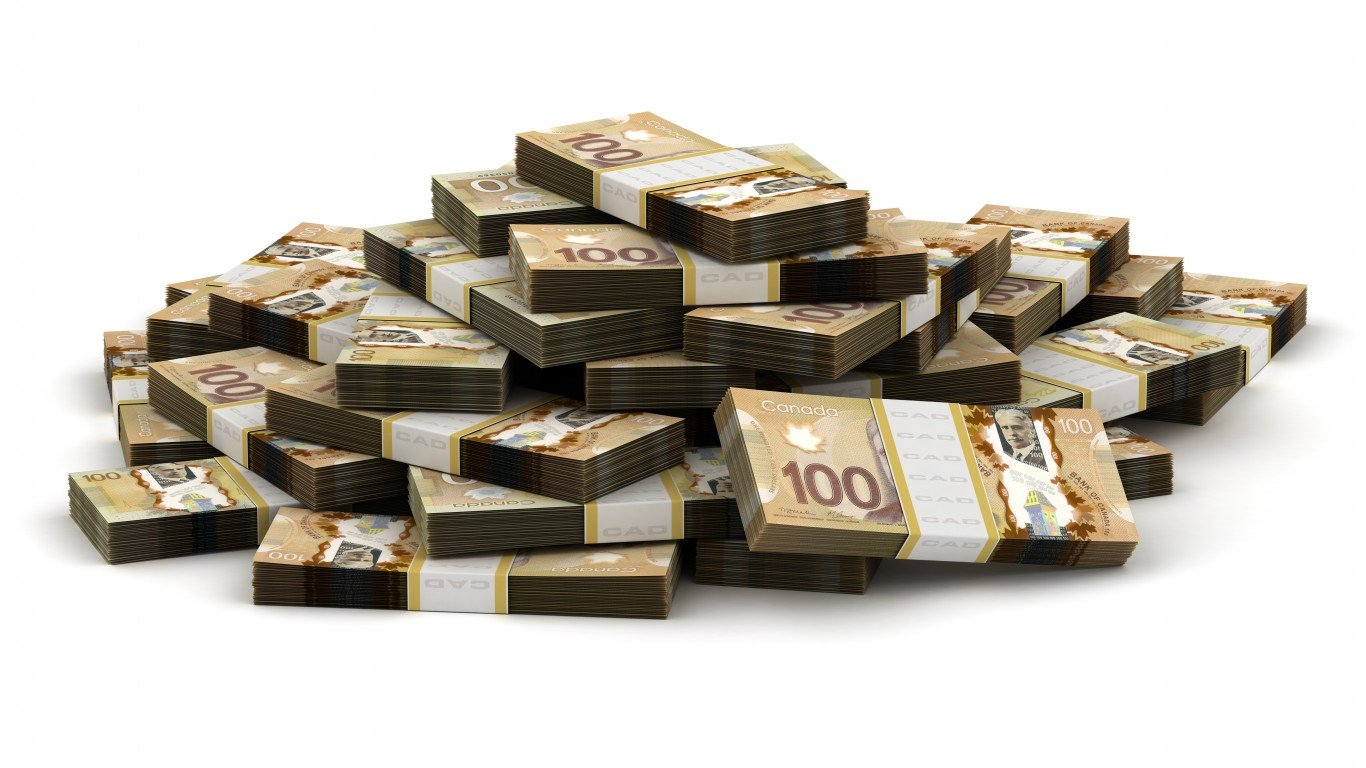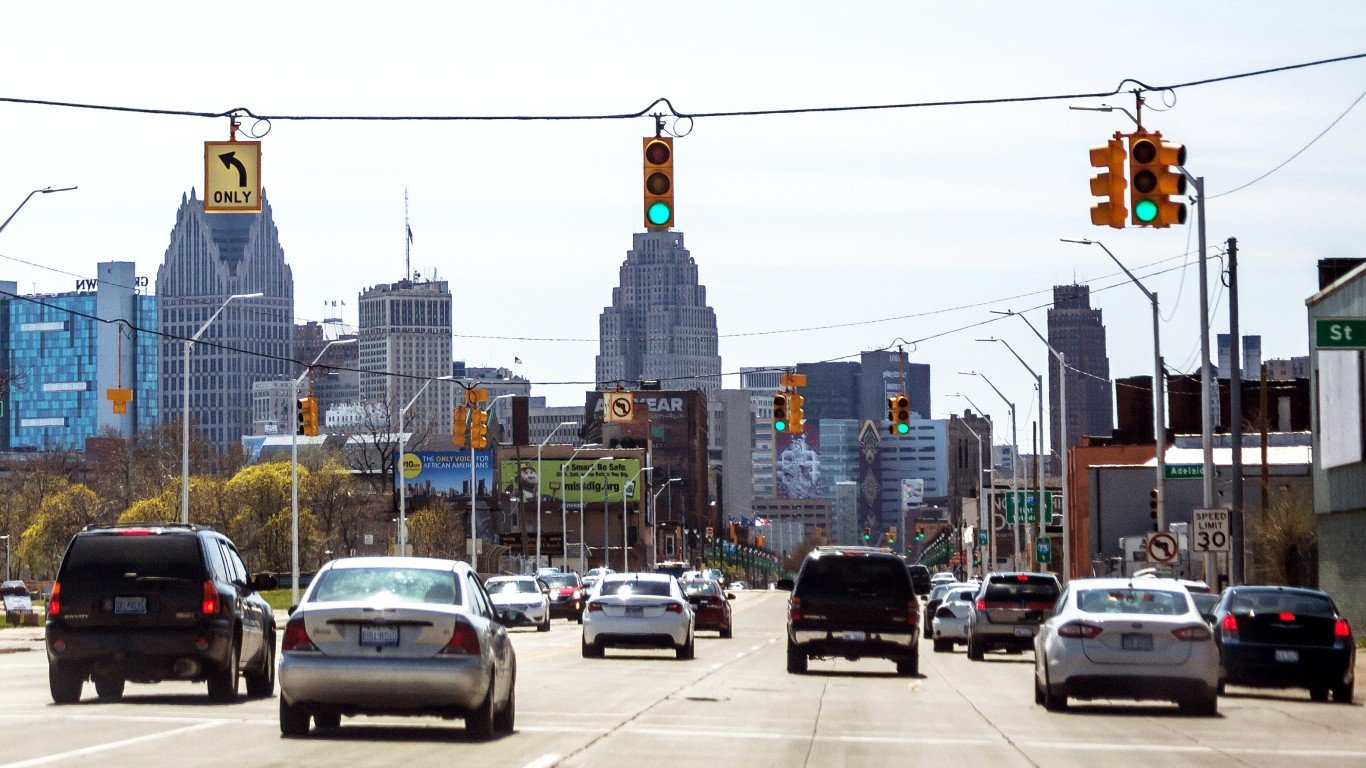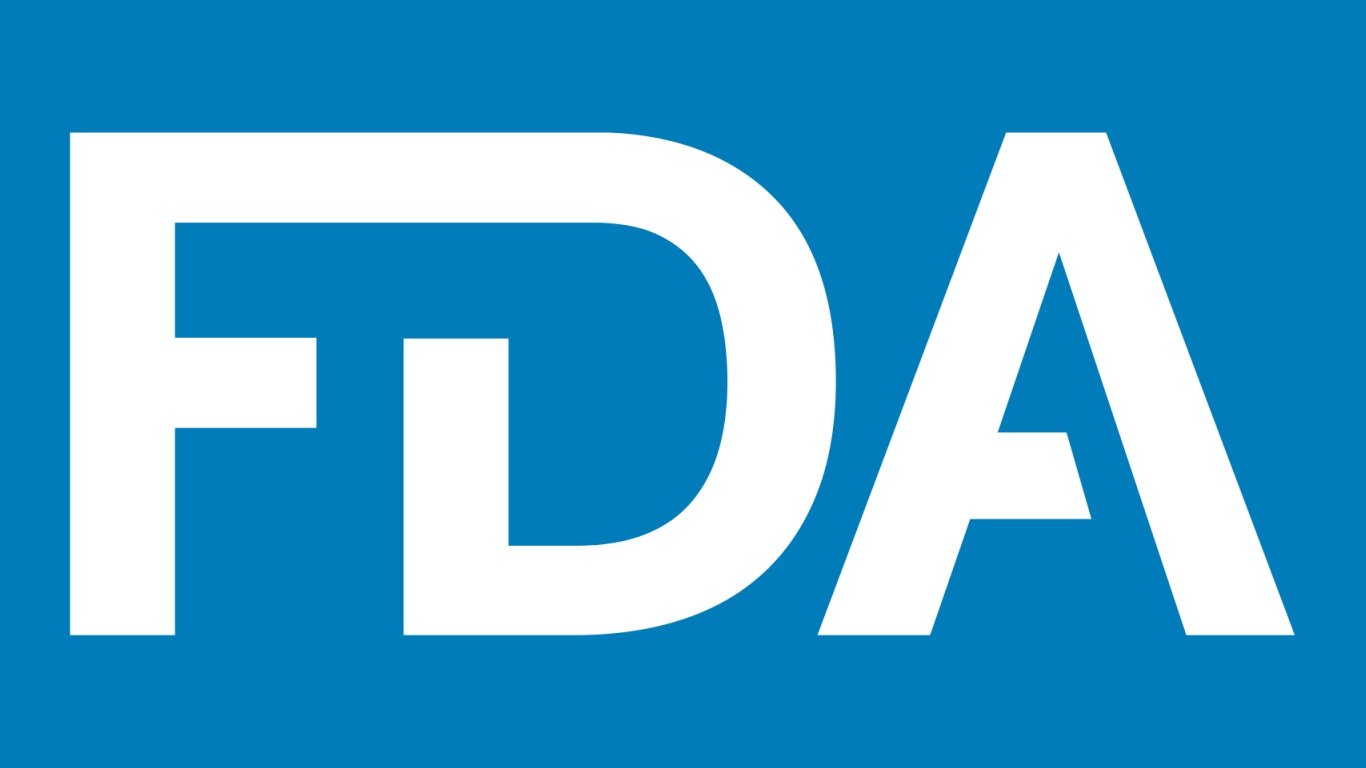

Unprecedented times call for unprecedented actions. The Federal Reserve, Treasury and even politicians in America have managed to forge together bailout and rescue packages to fight the COVID-19 pandemic-induced recession that goes above and beyond anything ever imagined during the 2008 to 2009 financial crisis. One almost unimaginable effort that the Federal Reserve has taken is that it will purchase corporate debt that is not “investment grade” in the newest $2.3 trillion rescue package. The Fed is now willing to buy billions of dollars worth of junk bonds.
There is one big question here considering that not all junk bonds are created equally. How will it work exactly?
24/7 Wall St. has dissected the statements of the Federal Reserve notes to show exactly where the purchases will actually be made under the Federal Reserve’s Primary Market Corporate Credit Facility and under the Secondary Market Corporate Credit Facility. As would be expected in a Federal Reserve dissemination, many of the statements are technical but some of the processes were still quite clear.
Junk bond investors better pay attention here. The Federal Reserve is not exactly bailing out every aspect of the junk bond market. In fact, some portions of the junk bond market may be entirely ignored and allowed to flounder. Many credit rating downgrades have been seen in recent days from well-known issuers, but many of the issues will not be eligible at all. There is a possibility that the rules could change or that exceptions will be made.
The Primary Market Corporate Credit Facility will act as a funding backstop for corporate debt coming from the Federal Reserve Bank of New York. The New York Fed has committed to lend to a special purpose vehicle on a recourse basis that may look like a so-called “bad bank” asset holder.
The combined size of the primary facility and the secondary facility will be up to $750 billion. To fund the special purpose vehicle, the U.S. Treasury will invest $75 billion (as an equity investment) to support the primary facility and the Secondary Market Corporate Credit Facility. Some $50 billion will be allocated initially toward the actual facility and another $25 billion will be contributed toward the Secondary Market Corporate Credit Facility.
The Federal Reserve’s special purpose vehicle will make bond purchases as the sole investor and will purchase portions of syndicated bonds (or loans) when they are issued. The Fed will also be secured by all assets within the special purpose vehicle.
The Fed’s junk bond buying is also not on limitless duration and it will not be the only buyer. The eligible bonds must have a maturity date that is 4 years or less and the eligible syndicated loans must also have a maturity of 4 years or less. According to the Fed’s facility details, this vehicle may purchase up to 25% of any single loan syndication or single bond issuance.
As far as “not all junk bonds created equally,” many prior junk credit ratings will not be allowed to secure financing and capital under the new plan. What was initially focused on were the companies which were investment grade up until the recent crisis and were suddenly dropped into investment grade or are likely to face a junk bond rating in the coming weeks and months.
All eligible issuers of debt must have already been in business and they must have had an investment grade rating as of March 22, 2020. That means that they were rated at least ‘BBB-‘ in an S&P equivalent and at least ‘Baa3’ in a Moody’s equivalent as of March 22, 2020. And if rated by two multiple major ratings agencies, they must have been rated as investment grade by two or more as of the March 22, 2020 cut-off date.
The Federal Reserve also noted that issuers which were rated as investment grade as of the March 22 date which are subsequently downgraded must still be rated at least ‘BB-‘ or ‘Ba3’ at the time the facility makes a purchase. Unless that changes, that means that companies rated with ‘CCC’ and equivalent ratings or below are not eligible. And the Fed’s statement confirmed that, in every case, the issuer ratings are subject to review by the Federal Reserve.
Most troubled financial institutions will not be allowed to send junk bonds and syndicated loans to the Fed for cash here. The Fed’s exception to those being funded predicate that the issuer is “not an insured depository institution or depository institution holding company, as such terms are defined in the Dodd-Frank Act.”
There are some additional exceptions as well. The issuer of debt must not have received specific support under the current CARES Act or any subsequent federal legislation. It was also included that each issuer has to satisfy the conflicts-of-interest requirements within the CARES Act.
As far as leverage on corporate bonds or syndicated loans, the Fed statement said:
The facility will leverage the Treasury equity at 10 to 1 when acquiring corporate bonds or syndicated loans from issuers that are investment grade at the time of purchase. The Facility will leverage its equity at 7 to 1 when acquiring any other type of eligible asset.
There are also limits per issuer (corporation) and on what sort of credit ratings will be allowed and how they are allowed to approach the Federal Reserve. The Fed statement’s said:
Issuers may approach the Facility to refinance outstanding debt, from the period of three months ahead of the maturity date of such outstanding debt. Issuers may additionally approach the Facility at any time to issue additional debt, provided their rating is reaffirmed at BB-/Ba3 or above with the additional debt by each major NRSRO with a rating of the issuer. The maximum amount of outstanding bonds or loans of an eligible issuer that borrows from the Facility may not exceed 130 percent of the issuer’s maximum outstanding bonds and loans on any day between March 22, 2019 and March 22, 2020… The maximum amount of instruments that the Facility and the SMCCF combined will purchase with respect to any eligible issuer is capped at 1.5 percent of the combined potential size of the Facility and the SMCCF.
As far as the Fed’s Secondary Market Corporate Credit Facility, the New York Fed make purchases in the secondary market corporate debt if they are considered to be eligible issuers. One additional issue here is that the special purpose vehicle will also purchase eligible corporate bond portfolios which are exchange-traded funds (ETFs) and the New York Fed will be secured by all of the assets within the special purpose vehicle. As for the funding in the secondary facility, the Treasury Department will make a $75 billion equity investment in the special purpose vehicle.
There are additional notes regarding the leverage in the secondary facility. The total facility will use a 10 to 1 leverage when acquiring bonds or ETFs where the primary investment objective seeks exposure to investment grade U.S. corporate bonds. The facility will leverage equity at a ratio of 7 to 1 when purchasing corporate junk bonds rated below investment grade at the time of purchase — and they will use a ratio range that falls between 3-to-1 and 7-to-1 “depending on risk, when acquiring any other type of eligible asset.”
The Fed’s buying is not endless, nor is it limitless. The Fed’s facility will cease purchasing eligible assets as late as September 30, 2020. The exception to that rule is “unless the Facility is extended by the Board of Governors of the Federal Reserve System and the Treasury Department.” According to the data released on Thursday, the Federal Reserve will continue to fund this facility after the September 30, 2020 date until the facility’s holdings are either sold or until they mature.
As would be expected, there were very positive reactions to junk bond ETFs and closed-end funds on Thursday. These funds are not highlighted to be included in the Fed’s plan, but it will demonstrate just how much the actions helped the overall “junk” market.
The iShares iBoxx $ High Yield Corporate Bond ETF (NYSEArca: HYG) closed up 6.5% at $82.36. Its 52-week range is $67.52 to $88.53 and it has more than $15 billion in assets under management.
The SPDR Bloomberg Barclays High Yield Bond ETF (NYSEArca: JNK) closed up 6.7% at $101.64, and its 52-week range is $83.18 to $110.33. It has more than $8.7 billion in assets under management.
Invesco Fundamental High Yield Corporate Bond ETF (NYSEArca: PHB) closed up 5.5% at $17.85 on Thursday, and its 52-week range is $14.90 to $19.34. The PHB has $568 million n assets under management
BlackRock Corporate High Yield Fund, Inc. (NYSE: HYT) closed up 5.75% at $9.75 and its 52-week trading range is $6.26 to $11.73. The closed-end fund comes with a 9.5% yield and was at a 3.5% discount to its net asset value with $1.23 billion in assets under management.
PIMCO High Income Fund (NYSE: PHK) closed up 5.5% at $5.34, against a 52-week range of $3.55 to $8.12. PIMCO’s closed-end fund has just over $700 million in assets under management but trades at a 16% premium to its net asset value. It carries a 13.8% yield.
The DoubleLine Income Solutions Fund (NYSE: DSL) closed up 8.3% at $14.22, and it has a 52-week range of $10.35 to $21.14. This closed-end fund has over $1.96 billion in assets under management, but over 44% of its assets are classified as emerging market debt. Investors at the close of Thursday would be getting a 12.6% distribution yield.
Sponsored: Find a Qualified Financial Advisor
Finding a qualified financial advisor doesn’t have to be hard. SmartAsset’s free tool matches you with up to 3 fiduciary financial advisors in your area in 5 minutes. Each advisor has been vetted by SmartAsset and is held to a fiduciary standard to act in your best interests. If you’re ready to be matched with local advisors that can help you achieve your financial goals, get started now.
Thank you for reading! Have some feedback for us?
Contact the 24/7 Wall St. editorial team.



